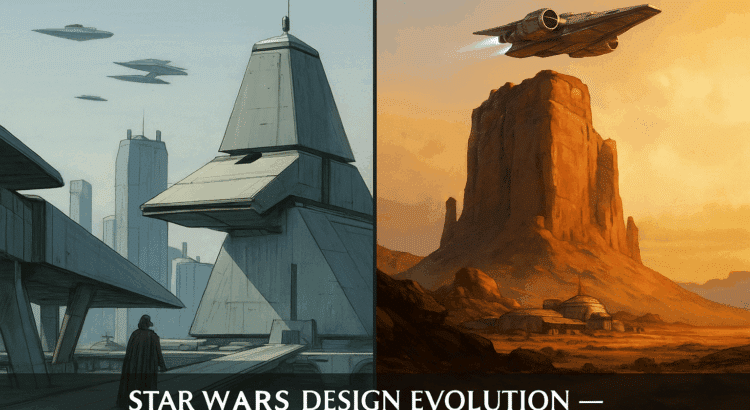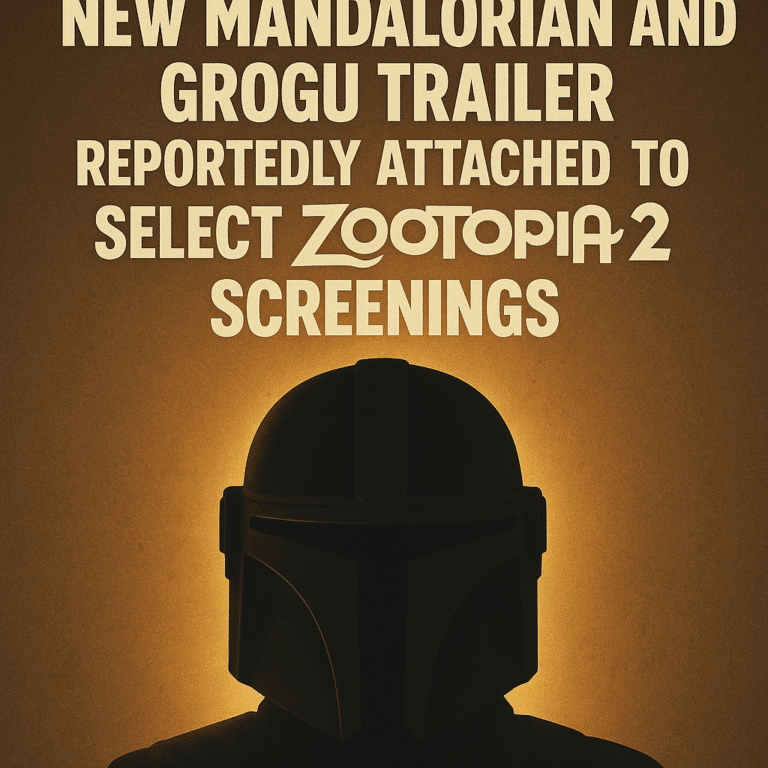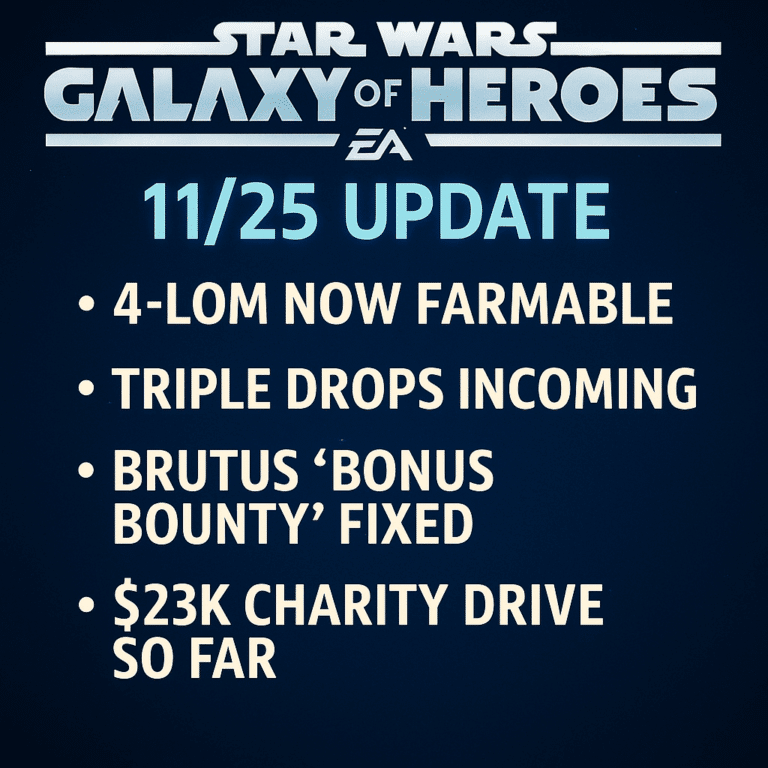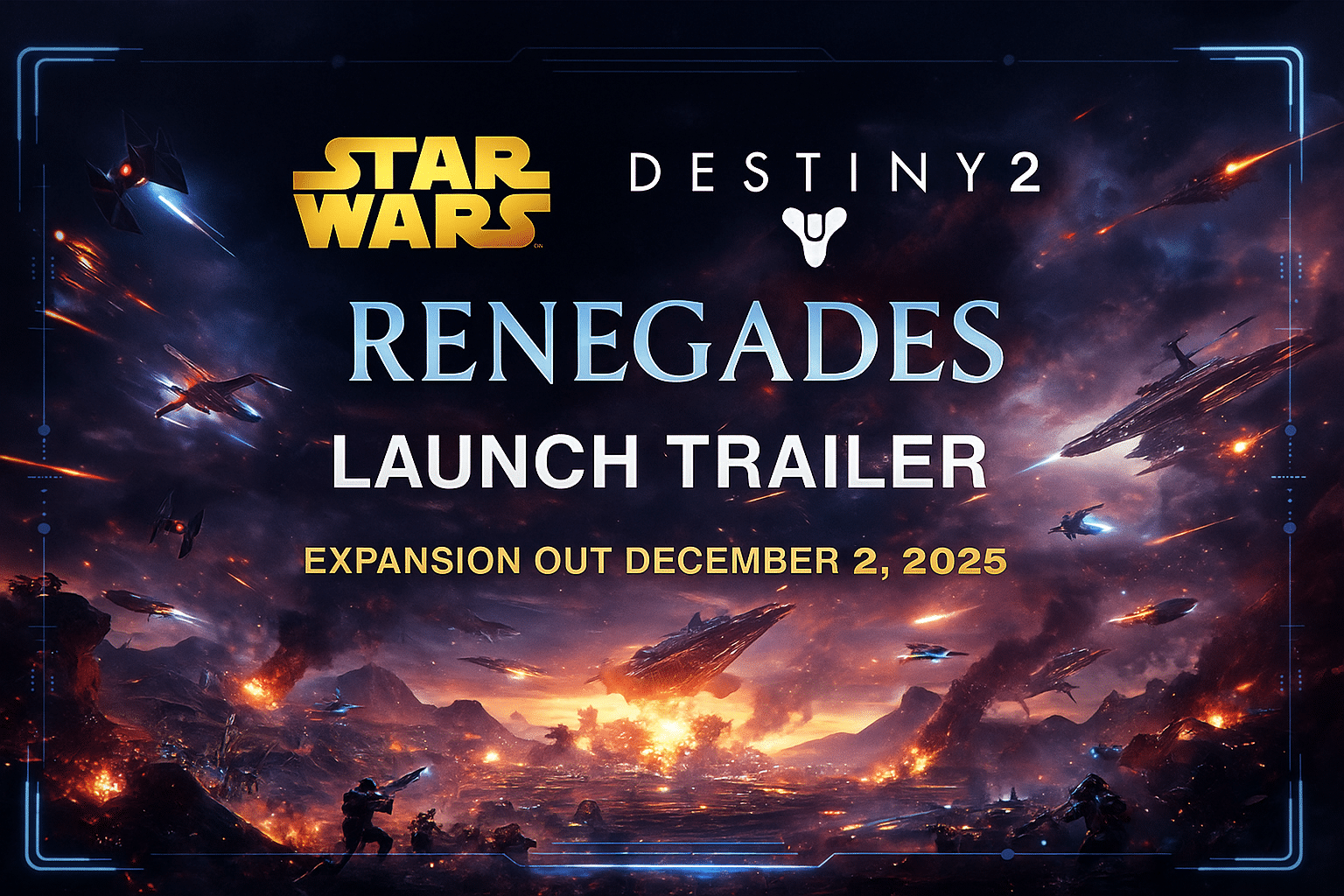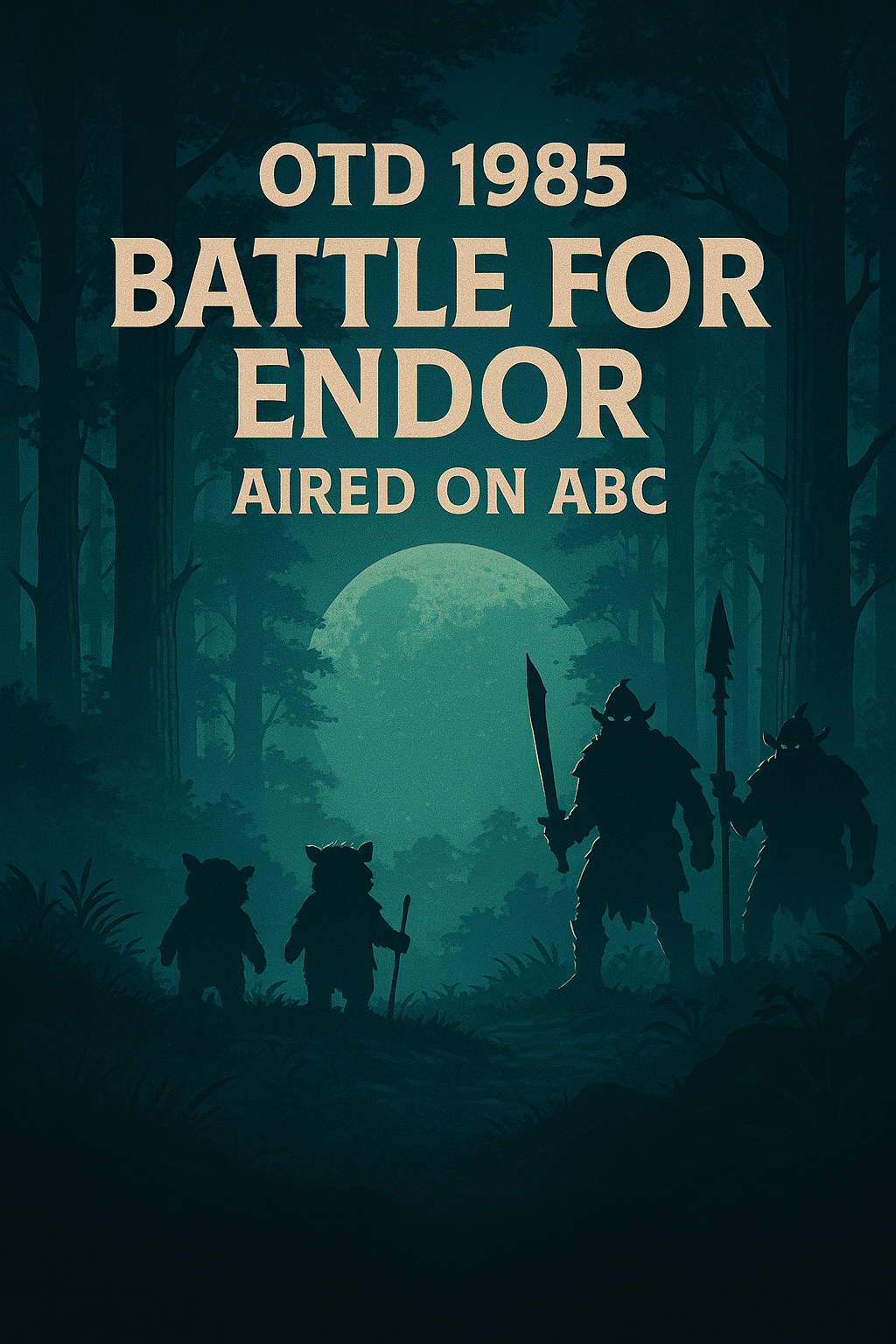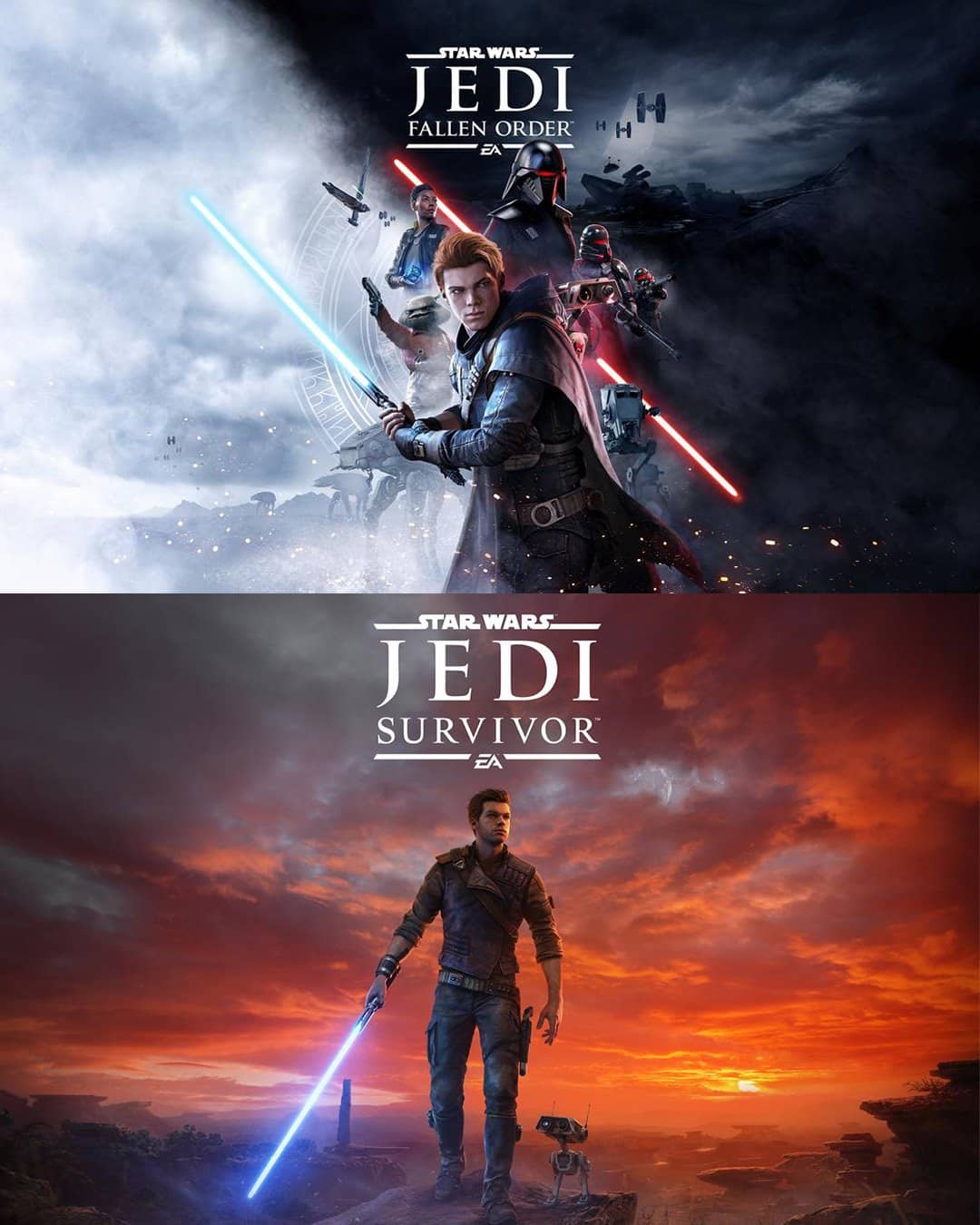When Doug Chiang openly admits that “only George truly knows what Star Wars design is,” and adds “I do my best, but I don’t always get it 100 per cent right,” he’s not issuing a humble shrug — he’s stating a core creative principle. Read his words here
That philosophy is quietly, but profoundly, shaping how Star Wars looks today: from TV to games to new films. Because when you accept that there is no perfect template — only spirit, evolution, and reinterpretation — you give yourself permission to adapt, innovate, and keep a decades-old galaxy alive.
The Weight of Legacy: Why Recreating “Classic Star Wars” Is a Trap
A. The Original Aesthetic Was Implied, Not Codified
George Lucas defined Star Wars design through practical sets, costumes, and visual practicality — before reference artbooks, prequel CGI uniforms, or decades of expanded lore. That original aesthetic was organic: lived-in, functional, and emotionally grounded.
Since that beginning, countless artists, writers, and directors have tried to replicate or build upon that feel — but no two executions are identical. When Chiang notes that “only George truly knows” the original blueprint, he’s reminding us that even he can’t claim ownership over it.
B. Copying Without Understanding Can Feel Hollow
We’ve seen this happen: Story arcs, uniforms, ships, or worlds that look superficially “Star Wars-y” but lack spirit — overly slick stormtrooper gear, polished sci-fi interiors, or planets that feel like generic space sci-fi instead of lived-in galaxies.
These missteps often come from trying to tick boxes (“lightsabers, space fighters, desert planet = it’s Star Wars”) rather than internalizing design DNA. Chiang’s humility warns against that checklist mentality.

Evolution Over Imitation: Recent Star Wars Media That Got the Balance Right
Several recent Star Wars projects have leveraged Chiang’s philosophy by mixing nostalgia with fresh design — giving us something that feels both classic and new.
🎬 Film & TV: Blending Old Dust with New Grit
- The Mandalorian — gritty weathered armor, rugged environments, and rough-edged practicality imbued the show with “used-future” authenticity reminiscent of the original trilogy. That grounded realism feels like Star Wars not because it copies, but because it emphasizes lived-in wear and tear.
- Ahsoka — combines Rebels-era aesthetics with post-Empire world-building. Characters and sets echo familiar design cues while pushing forward — a fresh direction, but with the same DNA.
🎮 Games: Interactive Worlds Respecting Fan Expectations
- Star Wars Jedi: Survivor — blends gritty survival-era visual design with classic Star Wars motifs. The game doesn’t try to replicate movie scenes, but evokes the same atmosphere via lighting, environmental decay, and mood.
- Star Wars: Galaxy of Heroes — art and character designs that reimagine iconic characters with hints of new visual direction, while respecting core traits (silhouettes, color schemes, weapon types).
Across media, when creators embrace “inspired by” rather than “copying” — acknowledging that perfect isn’t possible — the results tend to feel more alive, more real, and more beloved.
Innovation Requires Humility — and Courage
Chiang’s philosophy invites something rare in modern franchise design: vulnerability. He admits that even his best may not be enough — but also that trying and evolving is the only path forward.
That humility enables innovation. Because if “getting it wrong” were a cardinal sin, we’d still be stuck in 1977 aesthetics, forever revisiting the same planets, ships, and storylines. Instead:
- New alien species breathe through different cultural designs
- Lighting evolves — neon-soaked Coruscant streets, gritty Outer Rim nights
- Technology changes — makeshift gear, scavenged armor, modular weapons reflecting war-torn galaxy
All that variety remains tethered to Star Wars because it emerges from a respectful reinterpretation, not an imitation.
What This Means for Fans — and What You Should Watch For
If you’re a fan watching a new Star Wars release, remember:
- Don’t judge a design for looking different.
- Look for spirit, tone, mood, and storytelling cohesion.
- Expect variety — different eras, creators, and media call for different aesthetics.
- Celebrate when creators take risks, even when it doesn’t hit 100%. Because evolution is the only alternative to stagnation.
Next time you see a shiny new blaster or a battered old helmet, ask yourself: Does it feel lived-in? Does it feel Star Wars-y? If yes — chances are, they got the spirit right, even if the details changed.

Final Thought: Star Wars Is a Living, Breathing Galaxy Because It Keeps Evolving
Doug Chiang’s words aren’t a resignation. They’re a manifesto.
You cannot replicate Star Wars — but you can carry its torch.
By acknowledging the past, embracing imperfection, and listening to the needs of each new story, Star Wars remains as alive now as it was in 1977.
Because ultimately, “Star Wars” isn’t just a visual style. It’s a legacy — and the people who keep that legacy alive aren’t copying it. They’re reimagining it for today, and tomorrow.
Stay connected with the galaxy’s latest updates!
Follow us on X, Facebook, Instagram, or Pinterest for exclusive content, mod guides, Star Wars gaming news, and more. Your support helps keep the Holonet alive—one click at a time.


